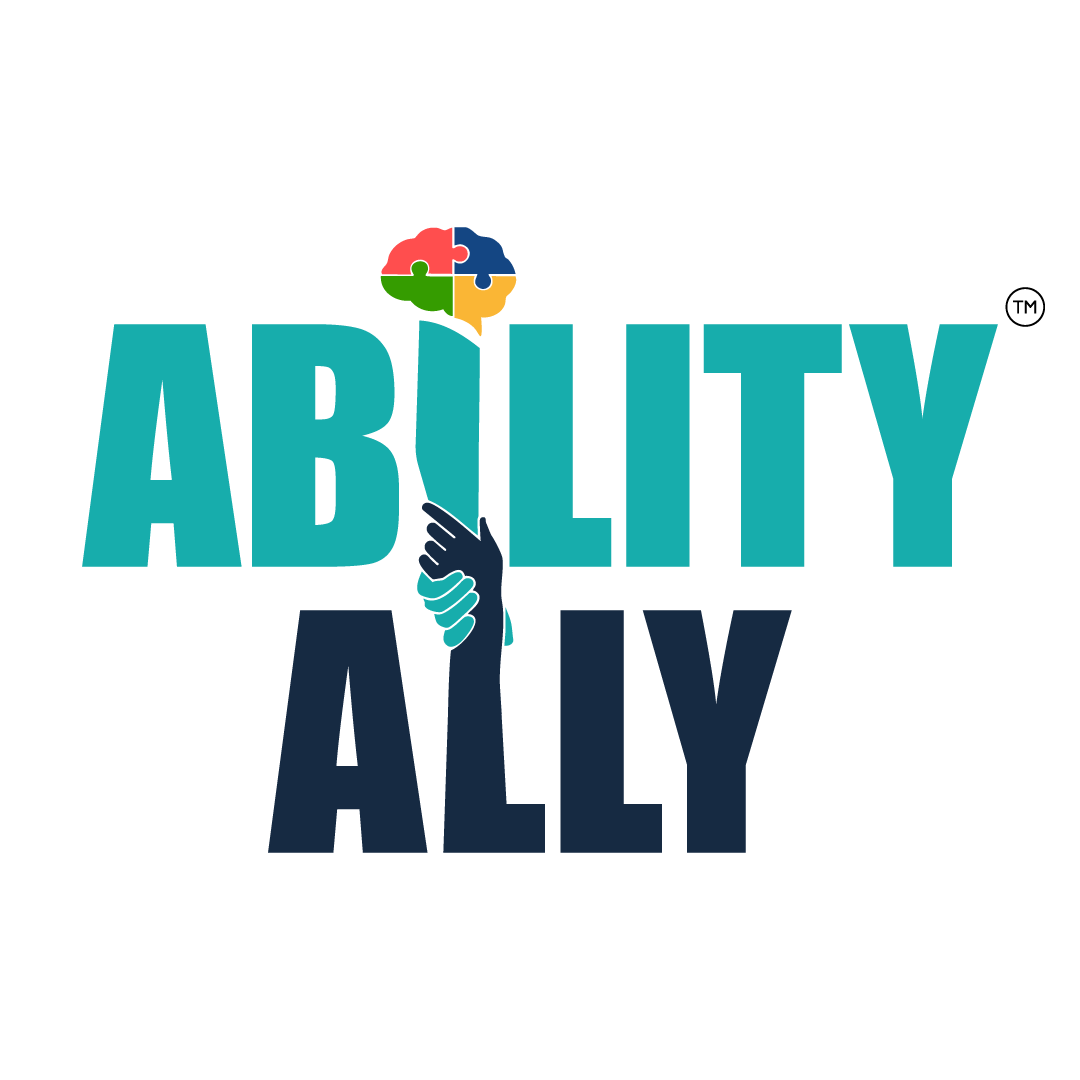Physical activity is an essential part of healthy development for all children, but for children with special needs, it plays an even more critical role. Adapted Physical Education (APE) programs are designed to meet the individual needs of children with disabilities, providing tailored physical activity that fosters not only physical but also cognitive and emotional growth. APE creates a foundation for lifelong health and well-being, making it more than just about playing sports—it’s about holistic development and empowerment.
What is Adapted Physical Education?
Adapted Physical Education is a specialized program that provides physical activities tailored to children with disabilities. The aim is to ensure that all children, regardless of their ability, can participate in and benefit from physical activity. Certified APE specialists assess each child’s abilities and needs to create customized exercises and games that improve motor skills, coordination, strength, flexibility, and overall fitness.
Physical Benefits
- Improved Motor Skills
- APE activities are designed to enhance both gross and fine motor skills, such as running, jumping, throwing, and catching.
- Increased Strength and Flexibility
- Tailored exercises help children build muscle strength and improve flexibility, which reduces the risk of injury and enhances mobility.
- Enhanced Coordination and Balance
- Structured activities help improve body awareness and control, which are essential for everyday tasks and physical independence.
- Cardiovascular Health
- Regular participation in physical activity supports heart health and helps maintain a healthy weight.
Cognitive Benefits
- Improved Focus and Attention
- Physical activity stimulates brain function, helping children improve their concentration and cognitive processing.
- Problem-Solving Skills
- Games and activities in APE often involve planning, decision-making, and quick thinking, which boost cognitive abilities and enhance learning.
- Learning Through Movement
- APE incorporates academic concepts, such as counting, colors, or shapes, into physical activities to reinforce learning in a multisensory way.
Emotional and Social Benefits
- Boosted Confidence
- Completing physical tasks, regardless of their complexity, helps children gain a sense of achievement and builds self-worth.
- Stress Reduction
- Physical activity releases endorphins, which help reduce anxiety, alleviate stress, and improve mood.
- Social Interaction
- Group activities encourage communication, teamwork, and the development of friendships, fostering a sense of belonging and inclusion.
- Resilience and Perseverance
- Overcoming challenges in physical tasks teaches children valuable life skills like persistence, adaptability, and problem-solving.
How Adapted Physical Education Works
APE programs are designed with creativity and flexibility, catering to a diverse range of abilities. Key aspects of APE include:
- Individual Assessments
- APE specialists evaluate each child’s strengths and challenges, setting personalized goals and tailoring the program to meet their unique needs.
- Modified Equipment
- Tools such as lightweight balls, balance boards, adaptive bikes, and other assistive devices make activities more accessible for children with different abilities.
- Inclusive Games
- Activities are structured in a way that ensures every child, regardless of skill level, can participate and contribute to the group.
- Progress Tracking
- Regular assessments and feedback help ensure that the program evolves with the child’s growth and changing needs.
Examples of Adapted Activities
- Obstacle Courses
- These can be customized to include activities like crawling, balancing, or hopping, depending on the child’s ability level.
- Yoga and Stretching
- These activities help enhance flexibility, balance, and relaxation, contributing to overall well-being.
- Team Sports
- Simplified versions of basketball, soccer, or other team sports promote teamwork and coordination while fostering inclusion.
- Dance and Movement
- Dance activities encourage creativity, rhythm, and coordination while promoting physical fitness and self-expression.
Why It Matters
For children with special needs, Adapted Physical Education is much more than just a fitness program. It’s a powerful tool for empowerment, inclusion, and holistic development. APE helps bridge the gap between children with disabilities and their peers, fostering understanding, respect, and acceptance in schools and communities. It also supports self-confidence, emotional regulation, and physical health, providing a well-rounded foundation for lifelong wellness.
Conclusion
Adapted Physical Education isn’t just about sports; it’s about empowering children with special needs to thrive in all areas of life. By focusing on each child’s strengths and addressing their challenges, APE programs provide opportunities for growth, learning, and joy. Every child deserves the chance to move, play, and grow—and APE helps make that possible.
